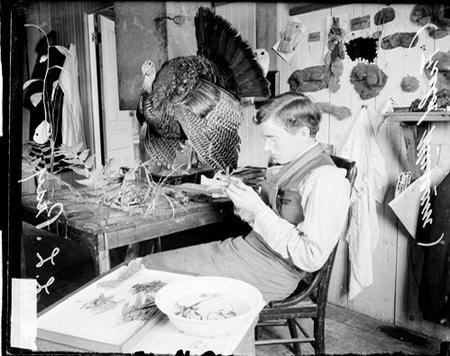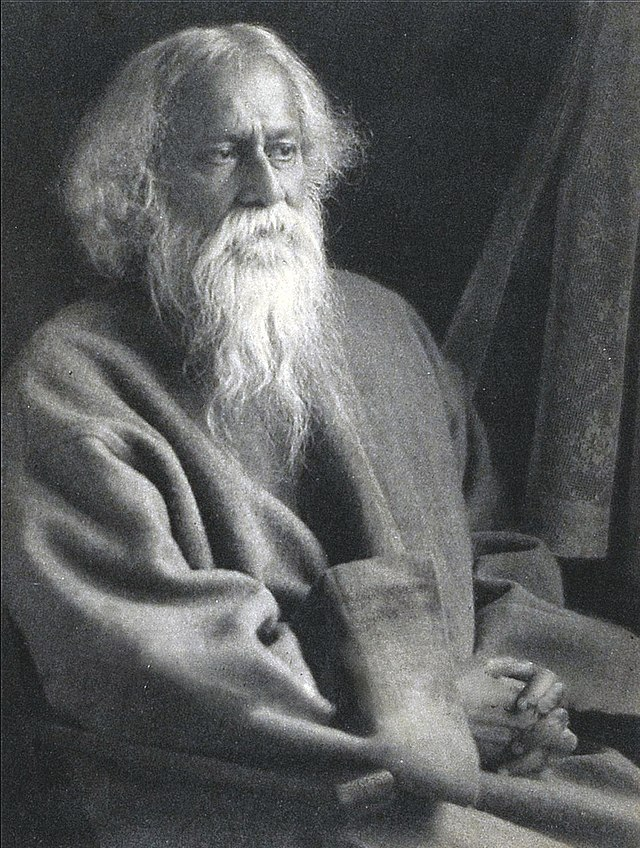What is birthday boy #SatyajitRay's connect with Andalgalornis, an extinct terror bird? A thread (1/9) 

For those who haven’t read Brihachchonchu (বৃহচ্চঞ্চু) yet, this is a story of Tulsi Babu, a middle-class officer in Calcutta, who had discovered an enormous egg while searching for medicinal herbs deep in the woods of Dandakaranya (2/9) 

Mysterious events unfolded as he brought back the newborn bird to his home in Calcutta, which grew up to be an ancient monster bird. Ray’s brilliant imagination and storytelling led to a gripping climax (3/9)
The monster bird mentioned in the short story was Andalgalornis, an extinct predatory bird that once lived in Argentina with an unusually large, rigid skull, coupled with a strong hawk-like beak used for hunting animals (4/9) 

Cut to Chicago and the magnificent Field Museum of Natural History of the early 20th century. Leon Pray, one of the most influential taxidermists of all time, was attached to The Field Museum for more than four decades (5/9) 

He was noted for developing the non-poisonous Borax Solution process replacing the arsenic system which had ended up poisoning fellow taxidermists. He devoted his life to representing the beauty of the natural world for the education of millions (6/9)
This genius artist is an icon in Chicago for his extremely well-detailed life-size models and this photo of him, from the Field Museum 1948 archives, putting finishing touches on the life-sized model of a Fossil Bird - evokes a special connection (7/9) 

In Ray's short story, Pradyot Babu, a friend of Tulsi Babu, identified the terror bird after he found a photograph of a Chicago Natural History Museum staff brushing up a life-size model of the prehistoric species, in an old Reader’s Digest magazine (8/) 

Ray was perhaps referring exactly to this photograph of Leon Pray in his story. After all, it was not just his imagination, but a real-life portrait that was brilliantly immortalized in the master’s work (9/9) 

Source: Field Museum of Natural History, Ohio State University, Ananda Publishers. Chicago History Museum
• • •
Missing some Tweet in this thread? You can try to
force a refresh













